Recently, we purchased a bunch of different NICs to test. One of the more interesting was this IO Crest (IOCrest?) 6x 2.5GbE PCIe NIC. The part number is not used as much online, but it is IO-PCE8125B-6GLAN. The appeal of this card should be apparent, it has six 2.5GbE ports onboard. Still, it feels a bit like trickery since normally that would require six PCIe lanes, but this is only a PCIe x4 card. It turns out, there is something else going on here.
IO Crest 6x 2.5GbE PCIe NIC Hardware
While one may initially think this card needs six PCIe Gen3 lanes, instead, is a PCIe 2.1 x4 card. We are going to get into that soon.
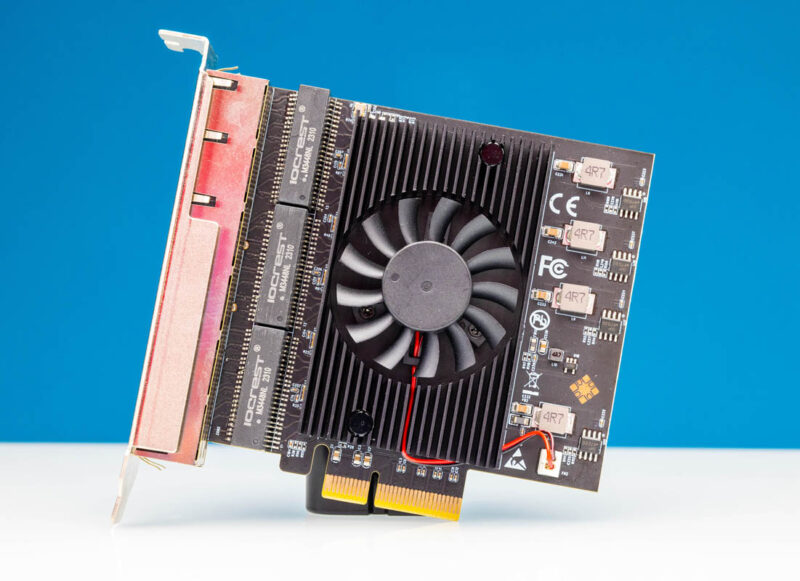
Here is the back side of the card. There is a QR code for drivers, which is always a bit scary. Most OSes have compatible drivers installed by default, but the Realtek RTL8125B drivers are what you need.
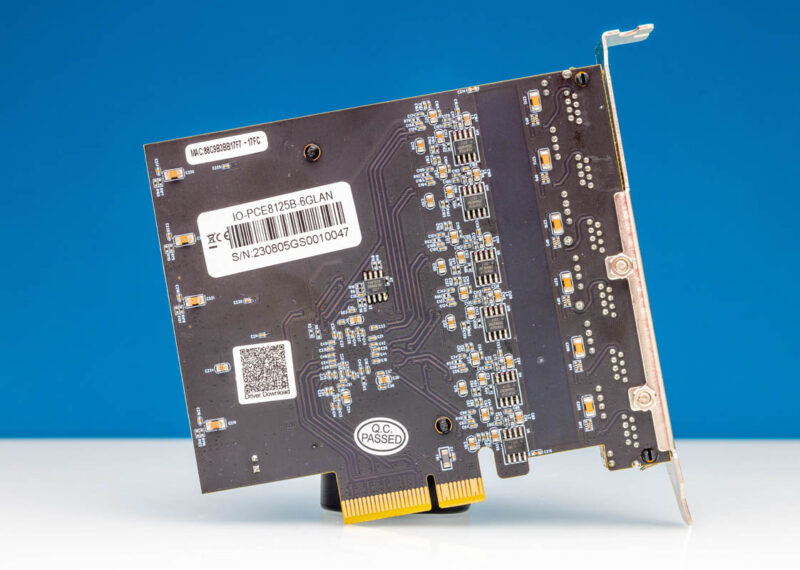
The big feature, of course, is the six ports, all 2.5GbE.
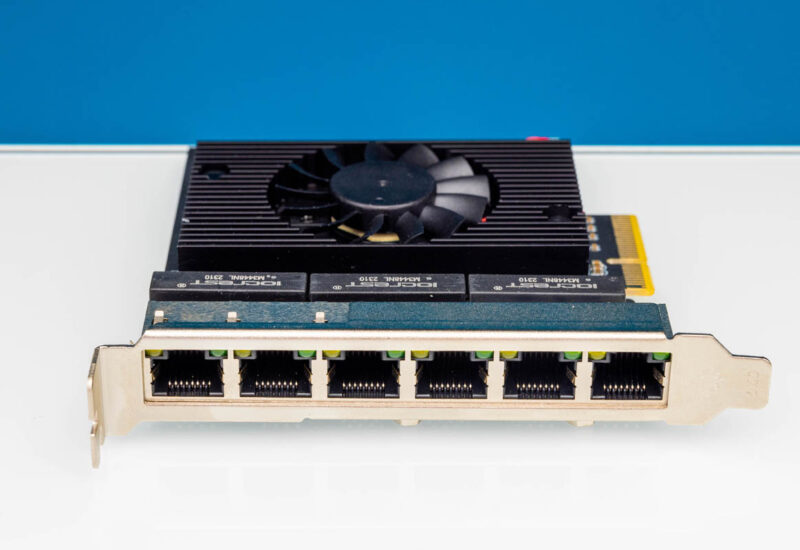
Something that we noticed was that there are thermal pads between the card and the heatsink that cover the NICs.
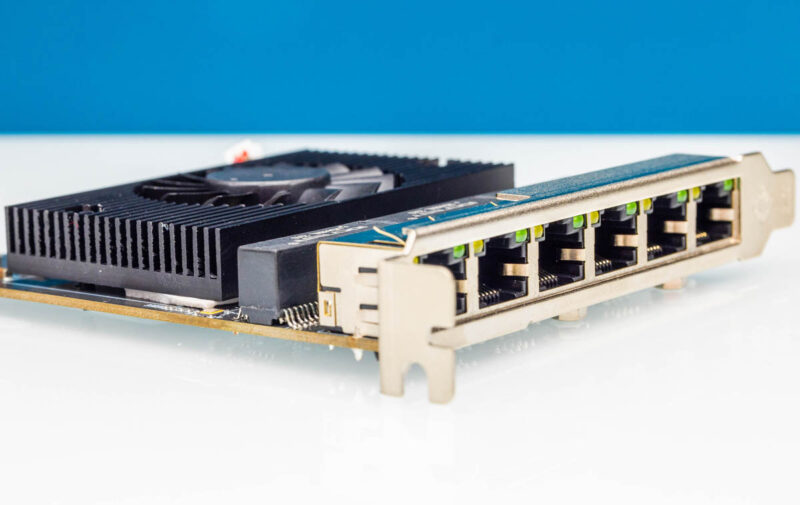
Or most of the NICs since there was one that was not covered.
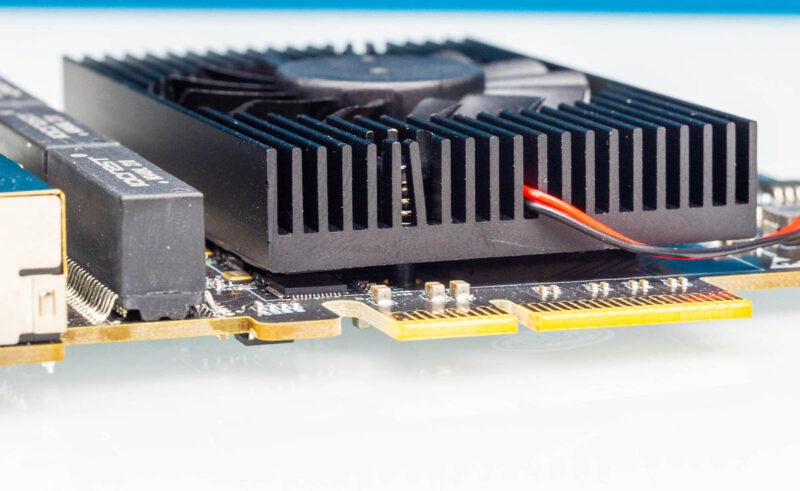
We decided to pull off the heatsink and fan to see how it works. This is held on by two plastic clips. Watch out for this design. If a clip fails on a two plastic clip design, then the heatsink pops off. We had a card fail like this in the data center.
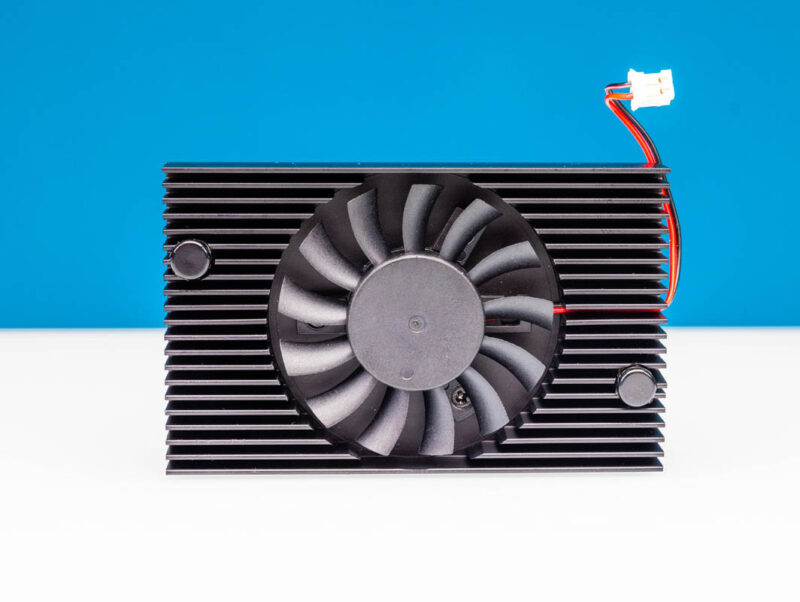
Here is a look a the thermal pads on the heatsink. We can see how the long pad does not quite reach the end for that last NIC.
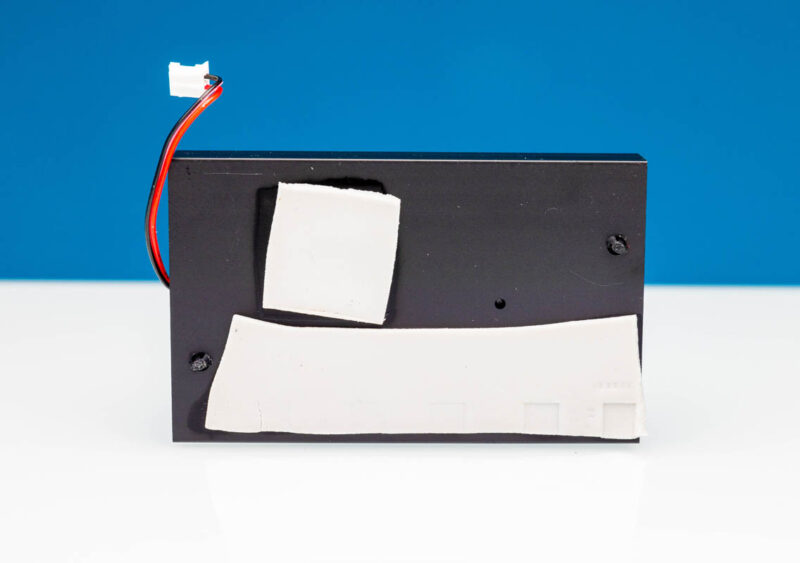
Here is the card without the heatsink. What is a bit different is that we actually see IOCREST on some components which is very uncommon in these cheaper units.
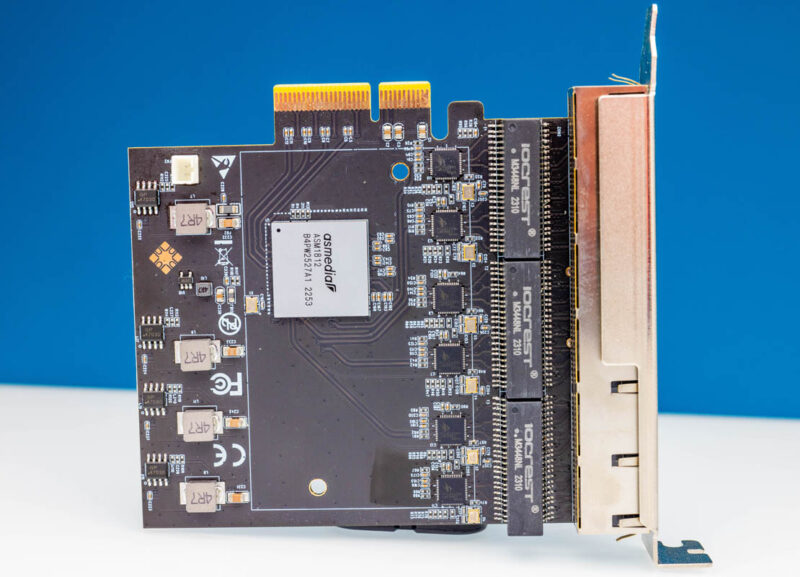
Here we can see the ASMedia ASM1812. This is a really interesting choice. The 12 is for 12 lanes on the PCIe switch with up to 6 downstrteam ports. Here, we have six downstream ports, each connected to one of the Realtek NICs.
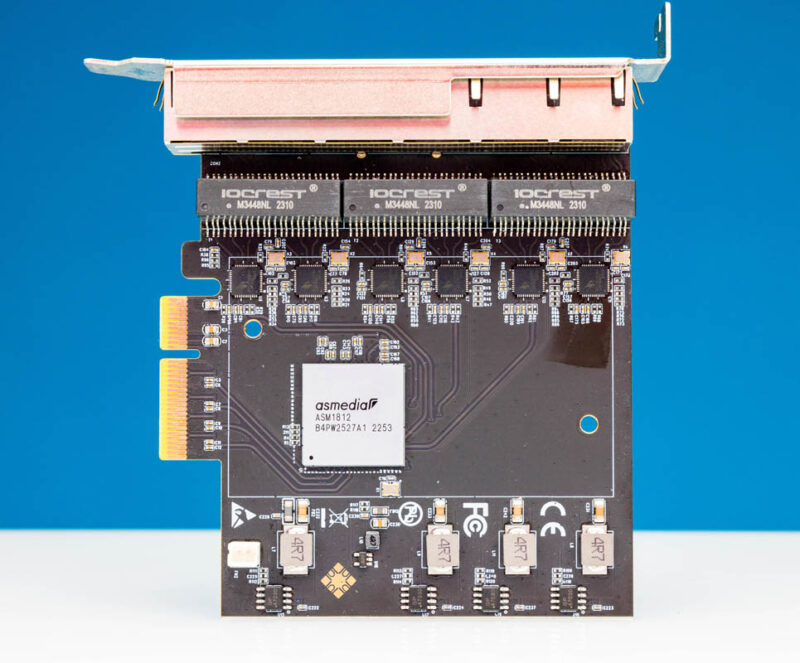
Here is a close-up of the ASMedia ASM1812 and three of the Realtek RTL8125B NICs. One of the challenges is that with this setup, we get 4x PCIe Gen2 lanes as our uplink. PCIe Gen2 x4 gives us roughly 2GB/s of total bandwidth which should be enough for all six NICs.
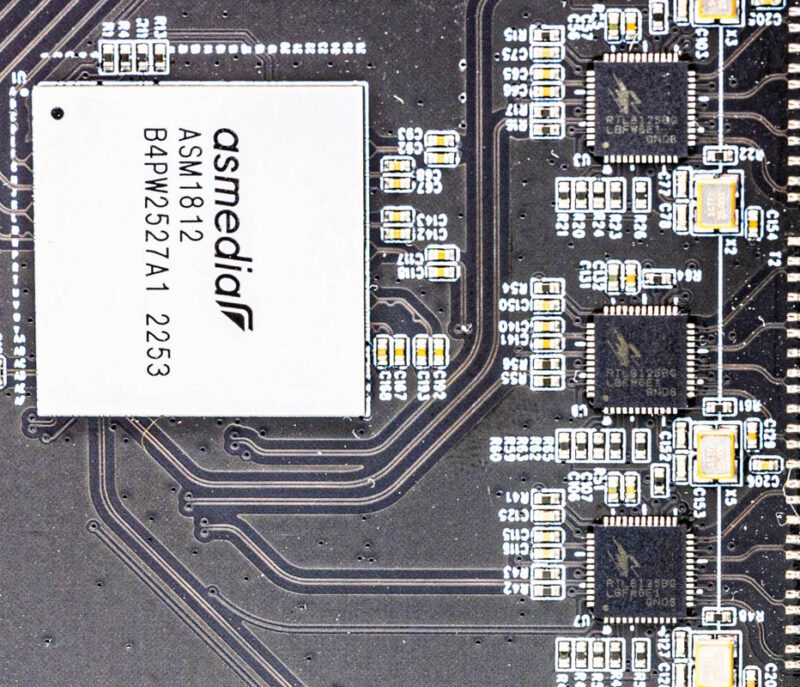
Next, let us discuss setup.
Installing the IOCrest 6x 2.5GbE NIC
Installing the card in the system, we get six Realtek RTL8125B 2.5GbE NICs. Most modern OSes automatically recognize the NICs.
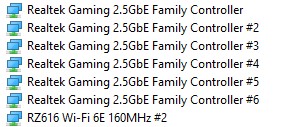
Here is another look at Proxmox VE with the NICs. This caused the onboard NICs to be renamed, hence our recent How to Change Proxmox VE Primary NIC When a New Interface is Installed piece.
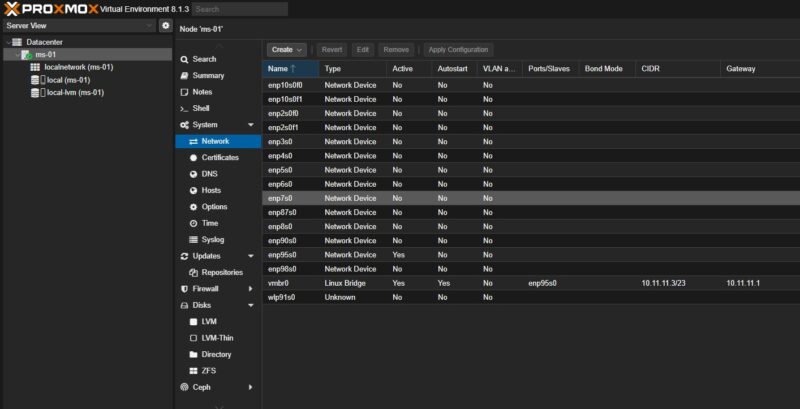
One can download new drivers for the Realtek NICs directly from Realtek. The ASMedia ASM1812 PCIe switch is transparent to the experience. We suggest using either OS-included drivers or Realtek’s instead of downloading from another location.
Next, let us get to the performance.
IOCrest 6x 2.5GbE NIC Performance
This was one where we were a bit nervous. The PCIe 2.0 switch and the 6x 2.5GbE NICs are reasonably matched in performance.
Running 1-5 NICs, the performance was good.
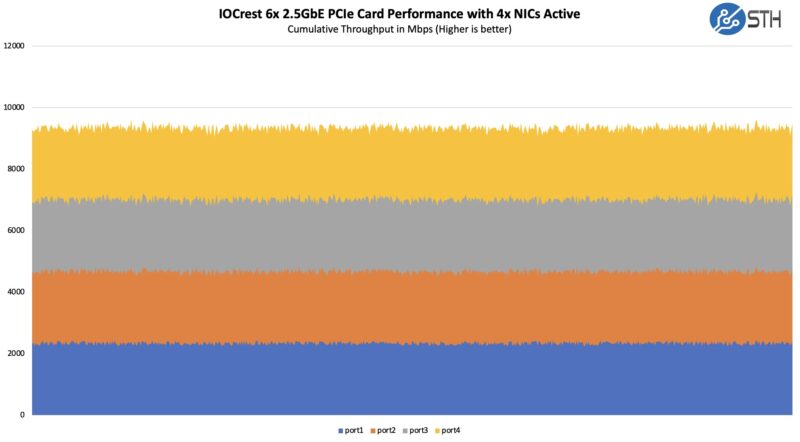
Adding number 6, we seem to have lost a slight amount of performance across the board.
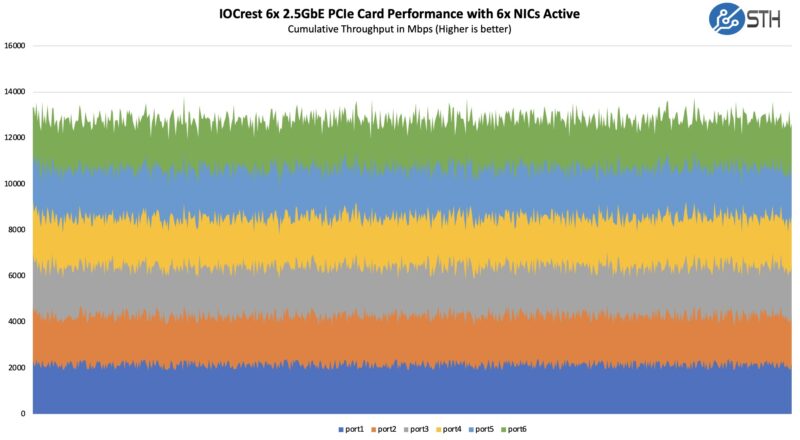
Still, we are well into 2.5GbE NIC territory here.
Final Words
The Realtek RTL8125B is a lower-cost NIC. Still, having six of them on a card is nice when you need that much performance. Generally, by the time we get to six NICs, plus likely whatever else the host system has onboard, getting 10GbE or 25GbE will make more sense. On the other hand, there are installations where the switches are upgraded to 2.5GbE but without additional higher-speed ports. With SMB3 Multichannel, using multiple NICs for things like NAS transfers is very easy across multiple NICs without needing to do things like LACP. The performance of this card was good, but it is certainly a niche product. It is also using lower-end Realtek NICs on a $80-100 card versus Intel i226-V NICs. Still, we wanted to show the option and how it works for folks.
Where to Buy
We purchased our unit from AliExpress. Here are affiliate links to the card on Amazon and AliExpress.
- 6x 2.5GbE Adapter (Amazon Affiliate link)
- 6x 2.5GbE Adapter (AliExpress Affiliate link)
Note we participate in a number of affiliate programs, so we may earn a small commission if you buy one through these links. That helps us purchase more cards to review.

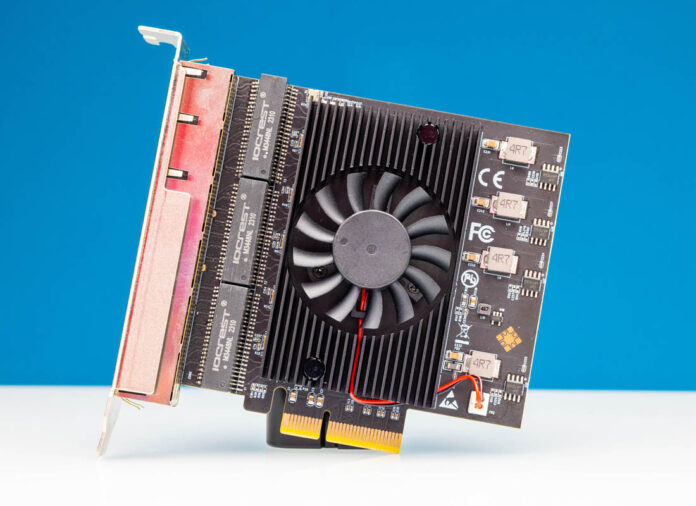



any way you could measure power consumption for idle and per 1 rj45 connected (idle/loaded)?
It’s awesome that all these cards are coming out. It would be great there was a breakout cable similar to QSFP 100to4x25GB where you can break out say 10Gb to 4×2.5GB. Then add in a dual SFF-8088 connector for external enclosures. Then your networking an storage needs are met.
The reason you can break 100G QSFP-28 to 4x25G SFP-28 is the actual physical implementation is 4x25G (that’s why it’s *Q*SFP-28) but presented as a 100G interface, so there are existing channels to split. Splitting 10G is hard since it’s actually a single 10G channel physically.
Can someone explain to me why people place a premium on Intel NICs compared to Realtek NICs? I’ve used both type over many operating systems, and I’ve had no more problems with Realtek NICs compared to Intel NICs.
I have the QNAP versions of the 4 port 2.5GbE card (Intel chip) and the 4 port 5GbE card (Marvell/Aquantia) chipset.
The 2.5GbE card works great except when you get 4 cables inserted, it gets really crowded. So now having 6 ports and 6 cables can make it really hard to get your fingers in to make a pull.
If you have 6 ports on the back, you might consider using a small patch bay, or simply leaving the cables in all the time and change the other end when needed.
@dave: there are 10x10g breakout optics for specific platforms. I don’t think there’s any PCIe adapter that could handle it though
I’m just curious for the pro’s that read this — if designing a NAS (TrueNAS Scale) with external drive bay which product do you recommend for the external drive bay?
@Kevdog,
Broadcom HBA 9500-8e Tri-Mode Storage Adapter (or similar, this is for example, without hyperlink)